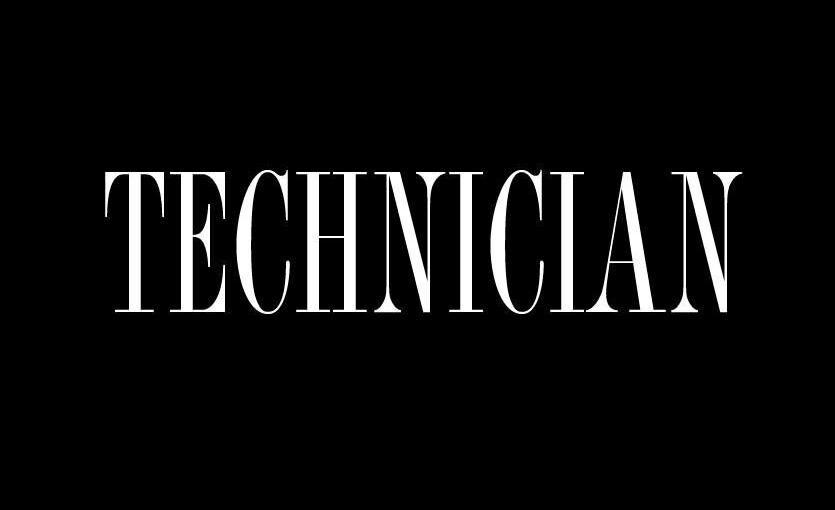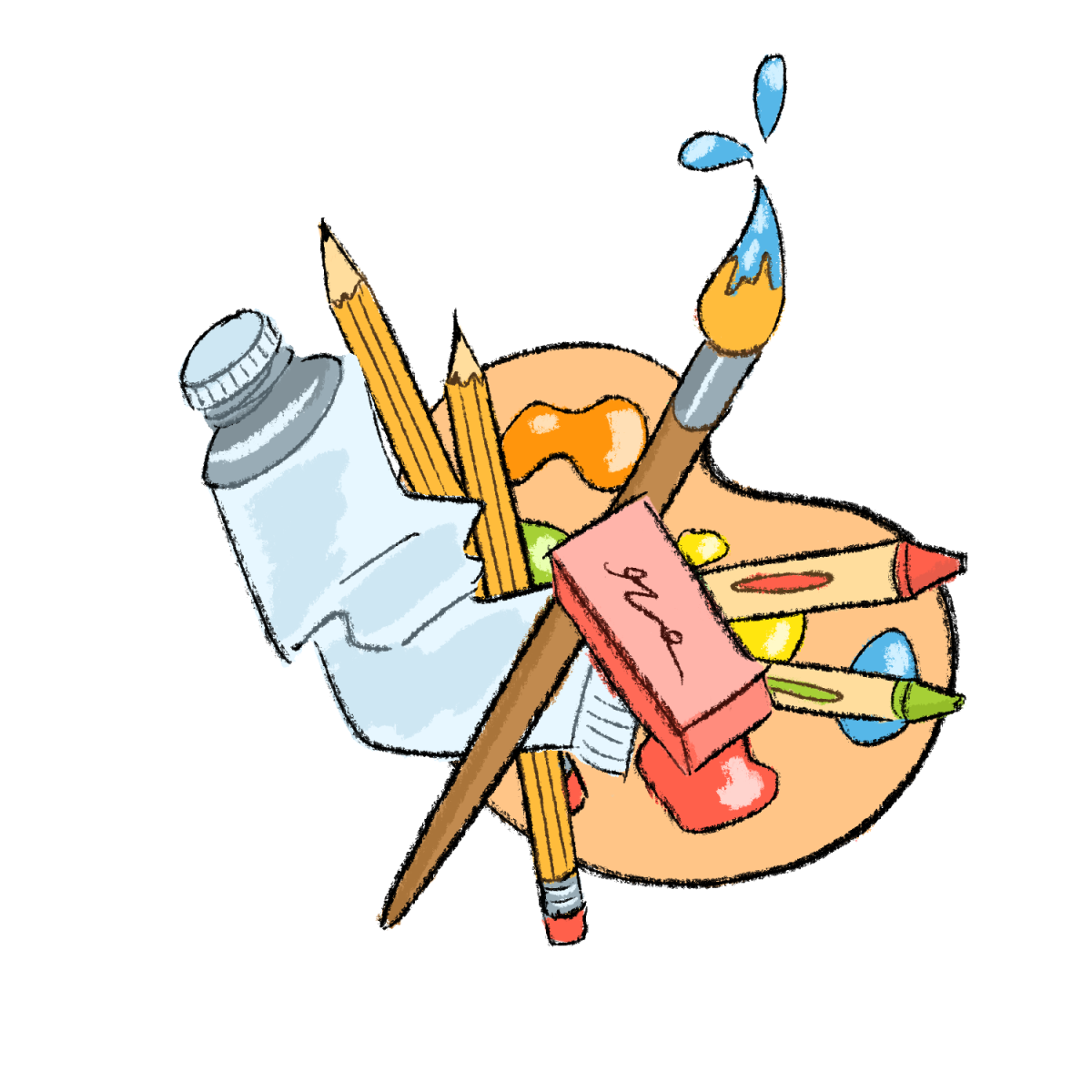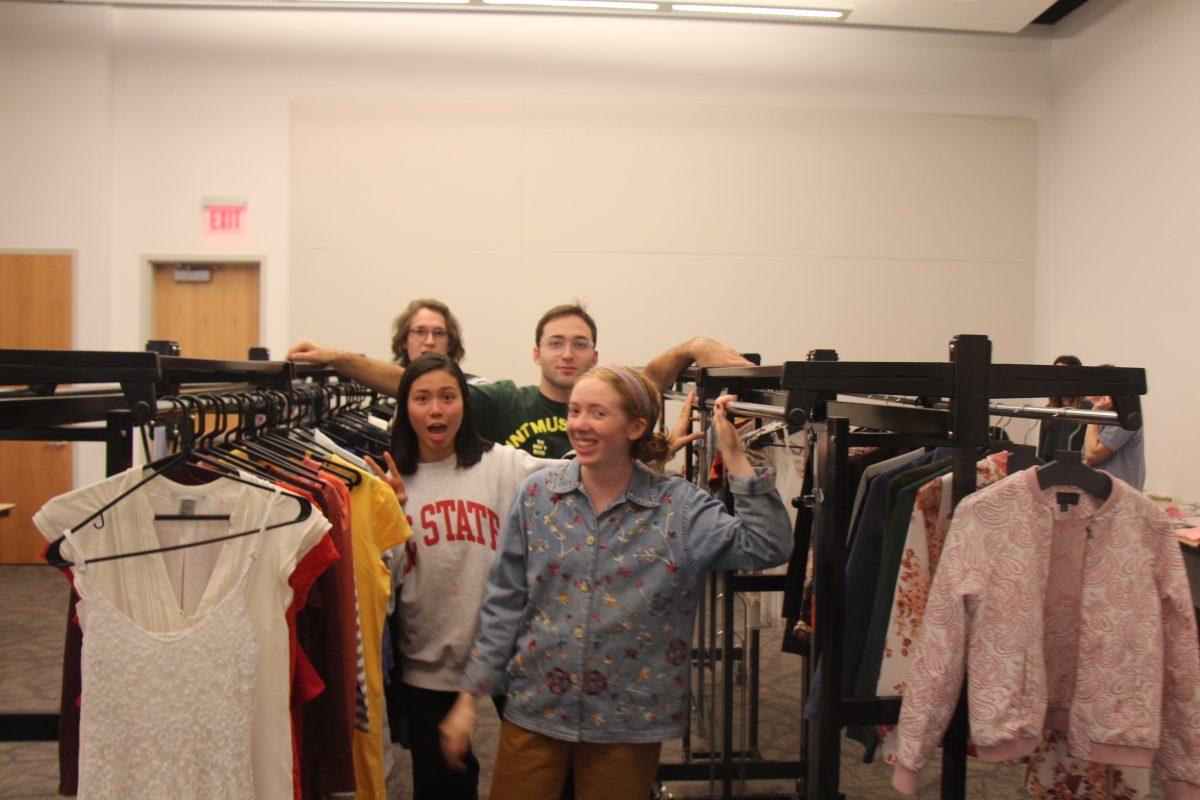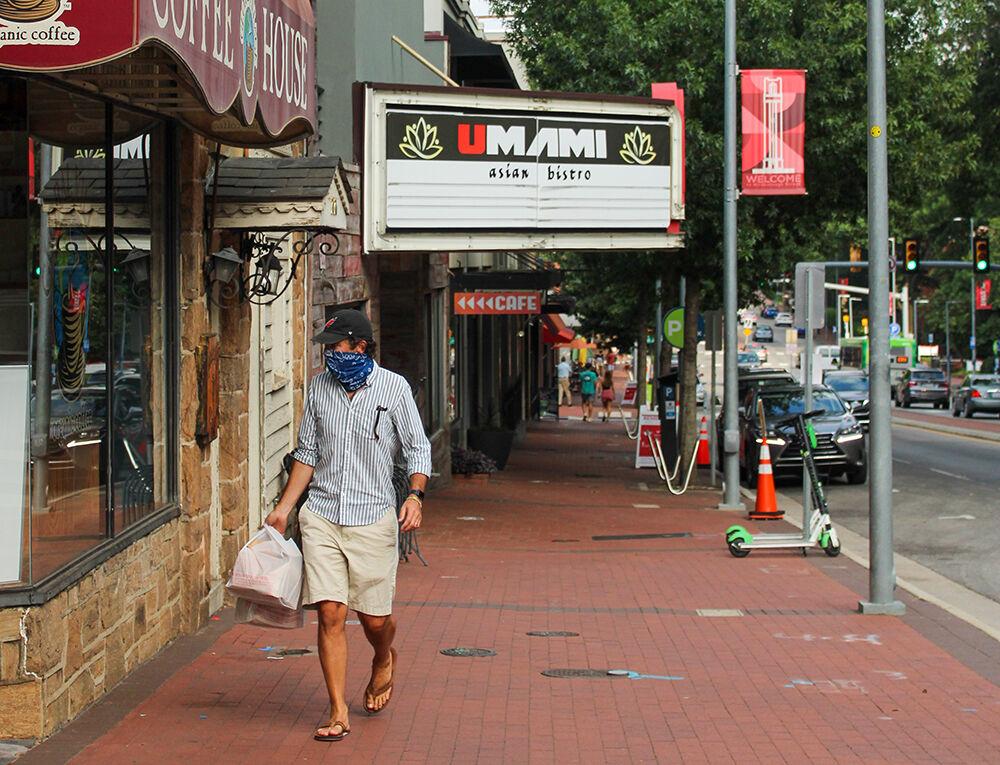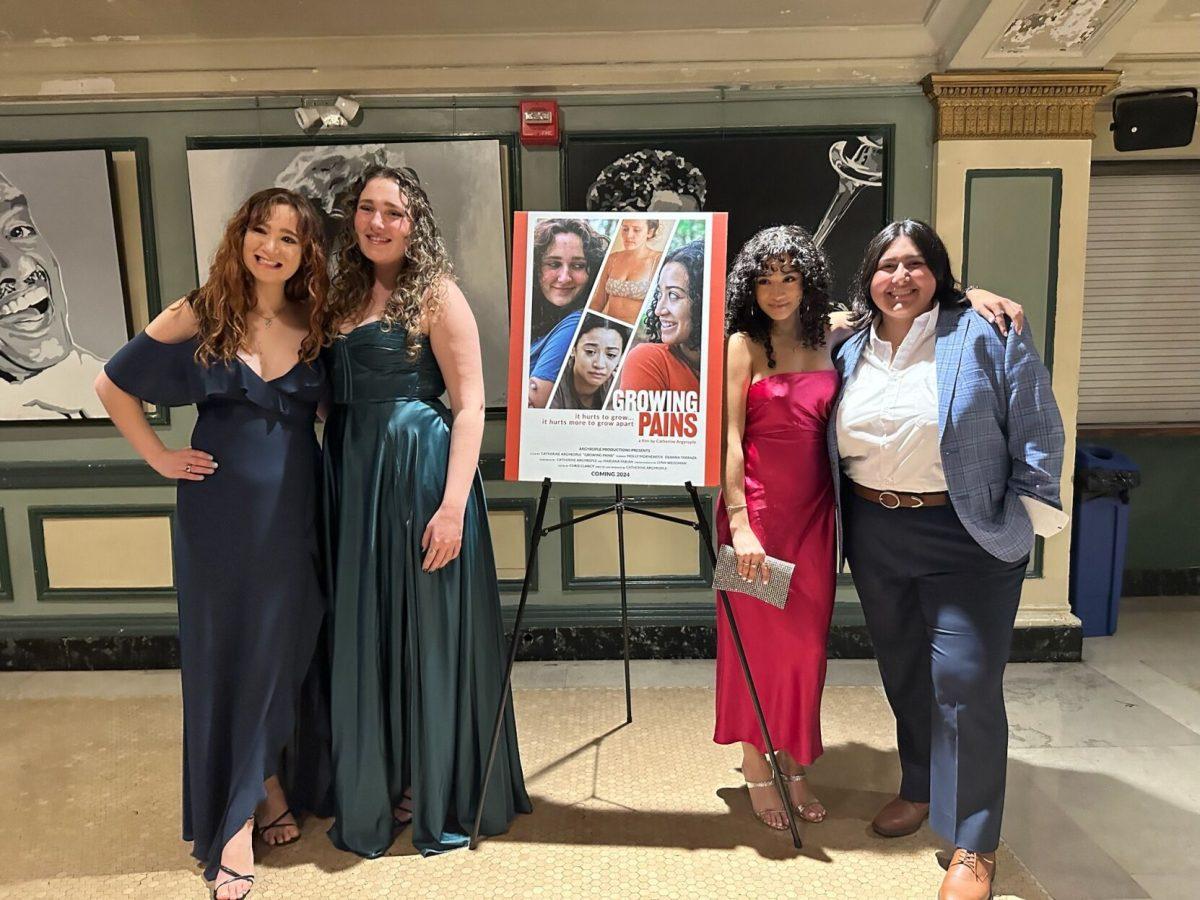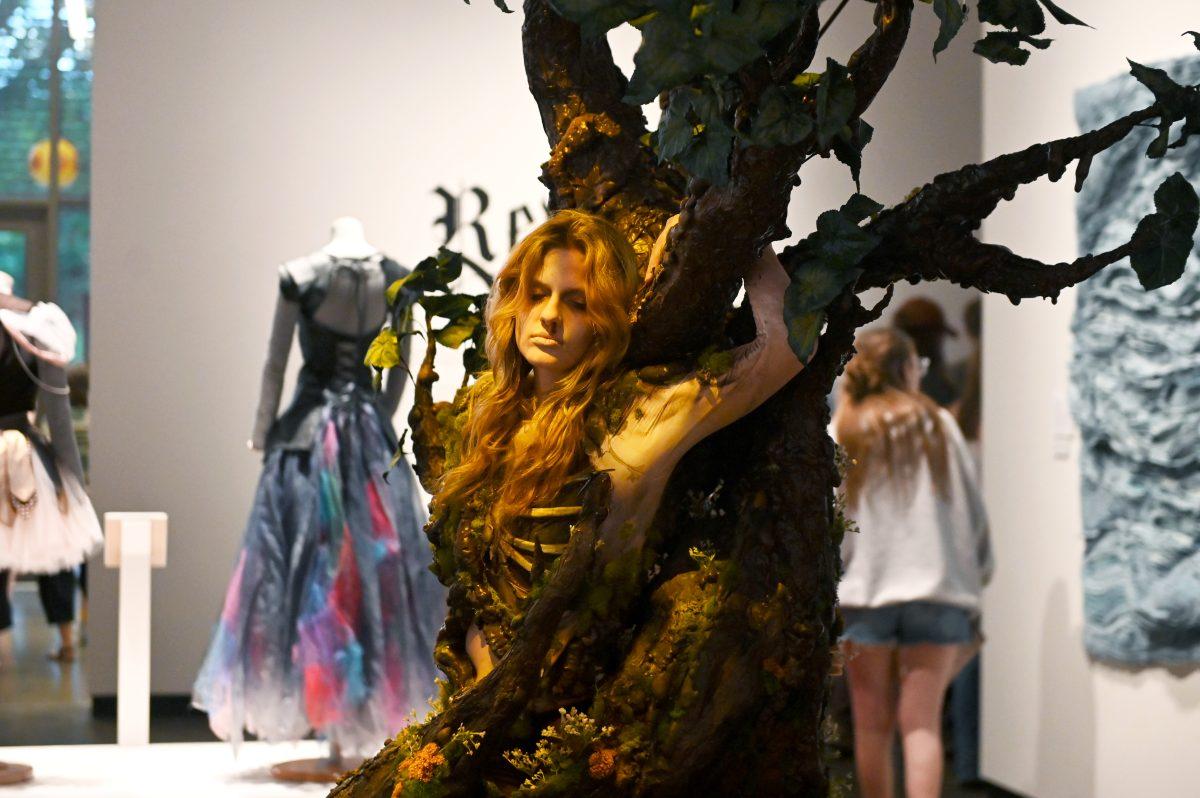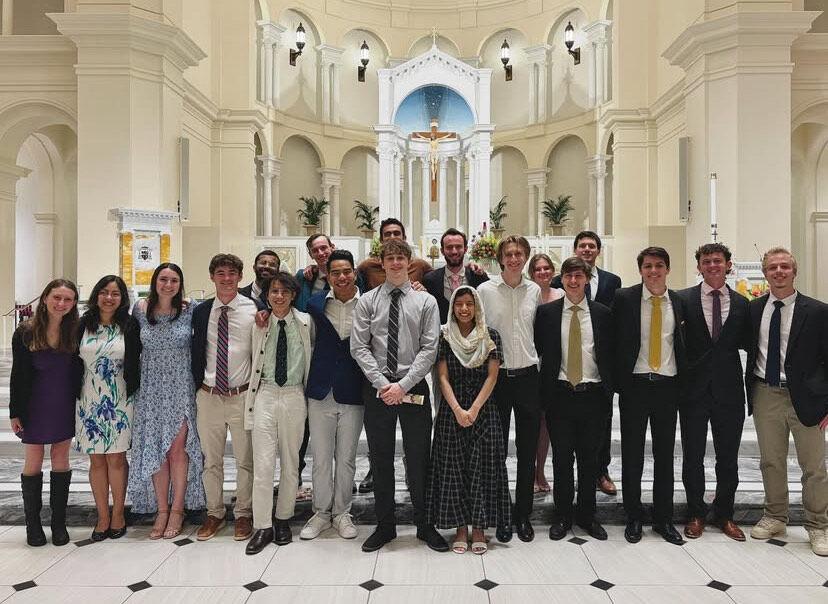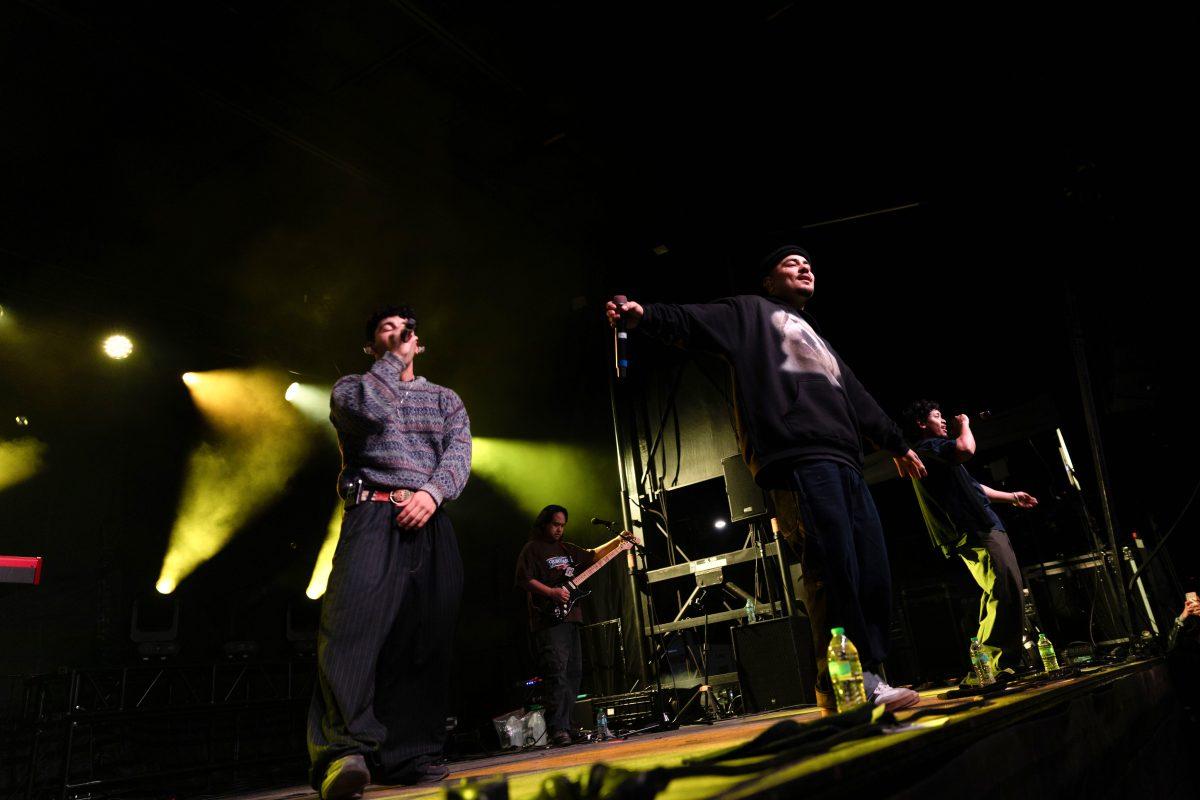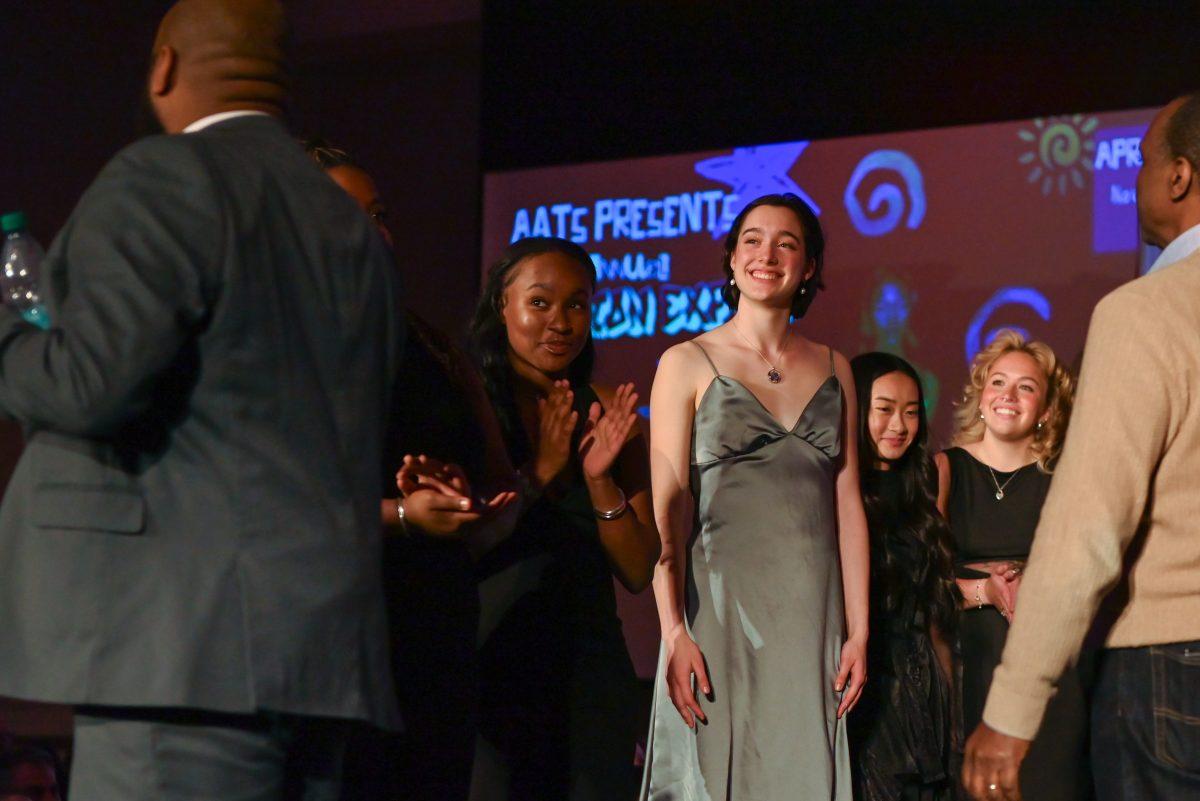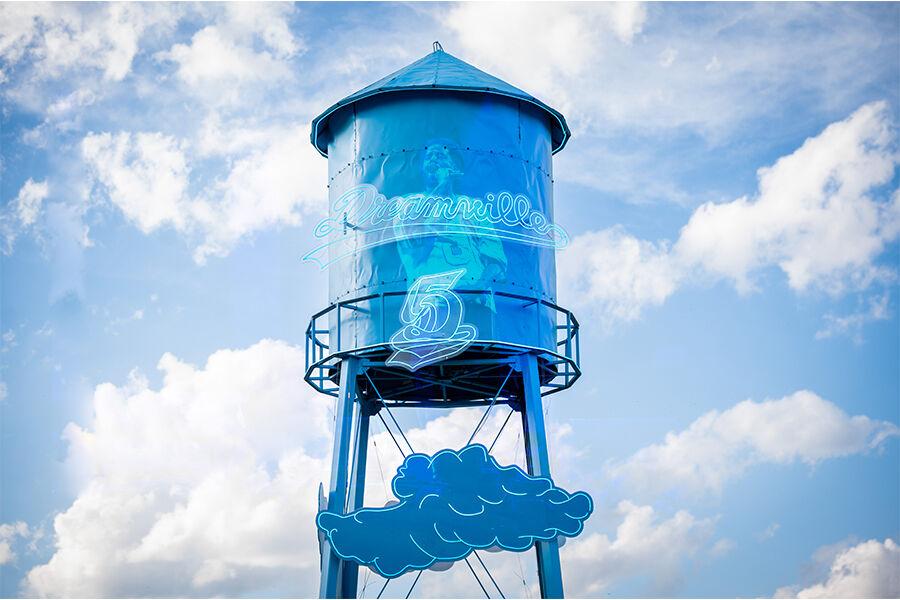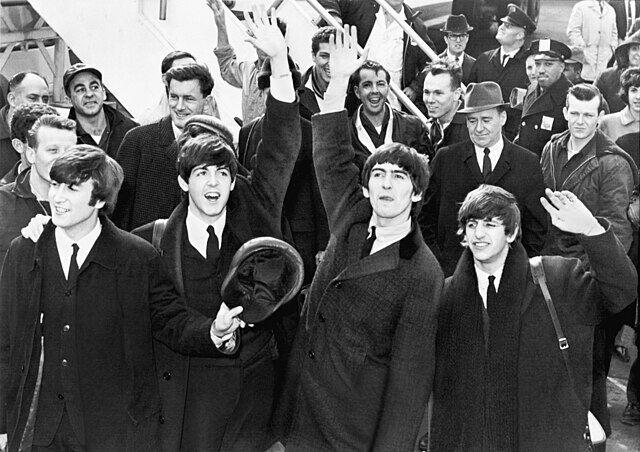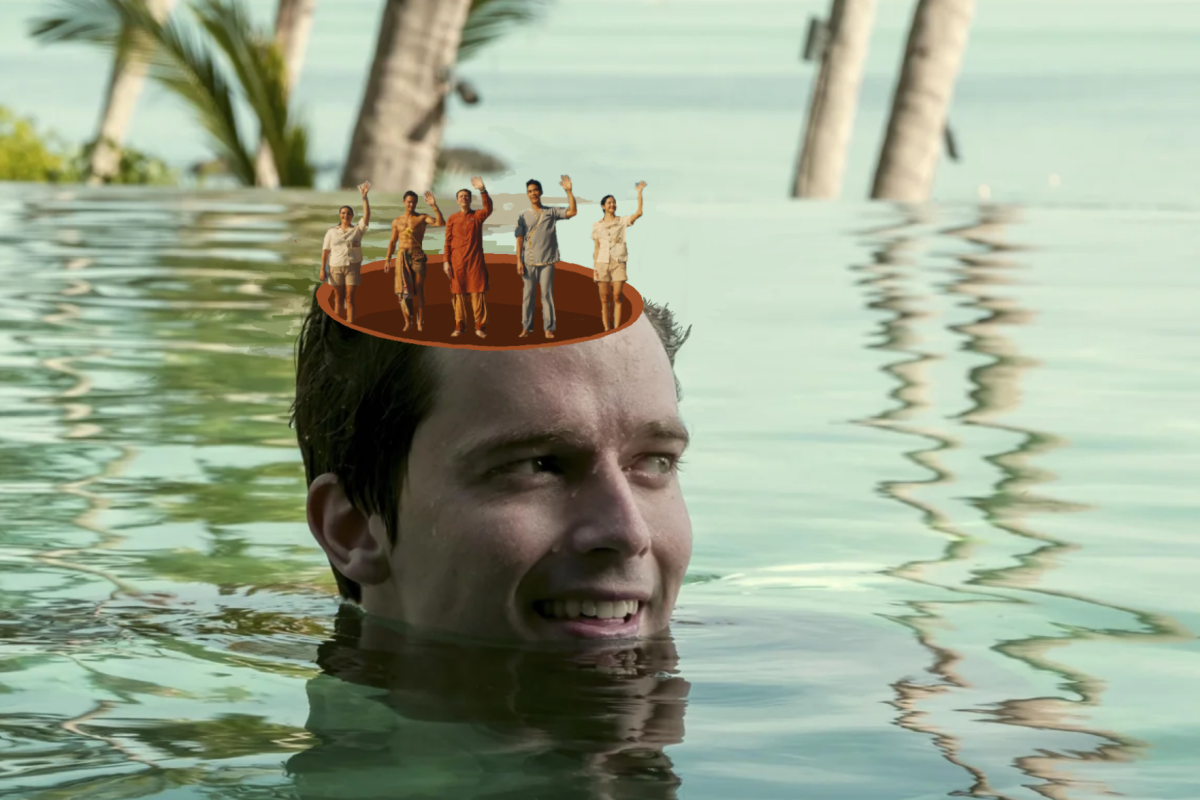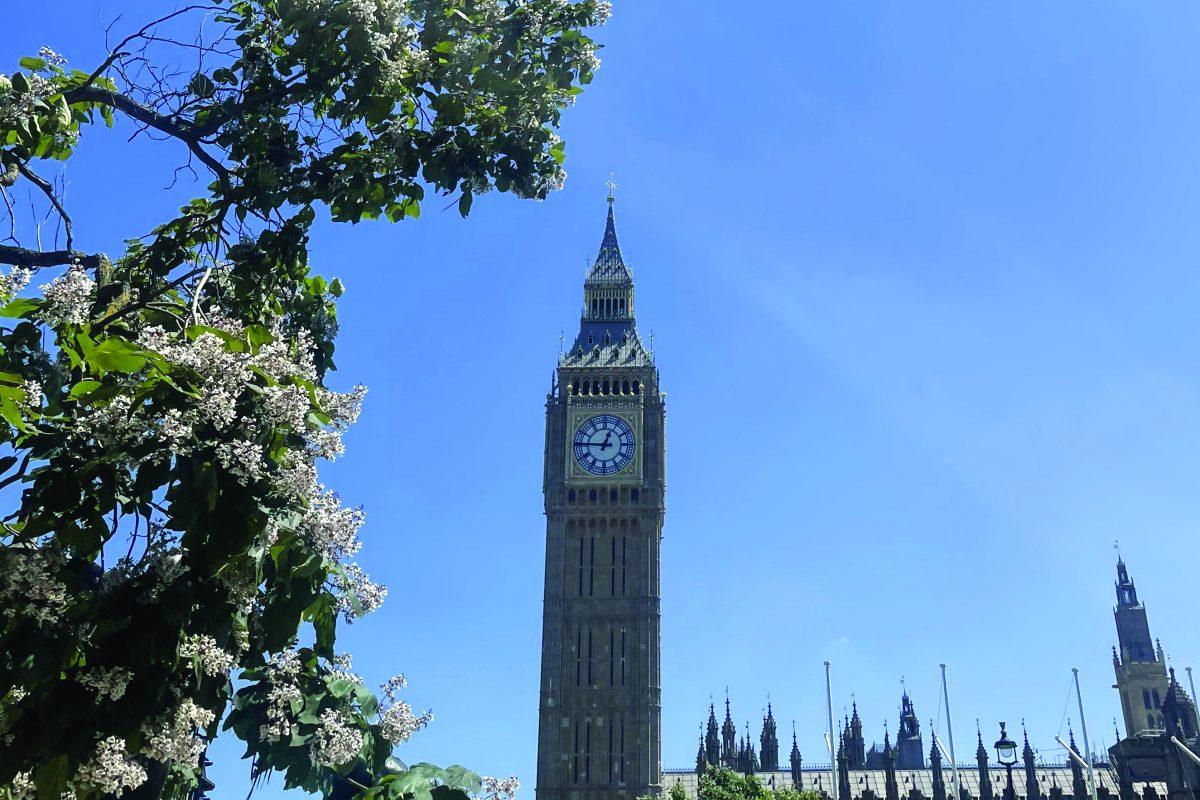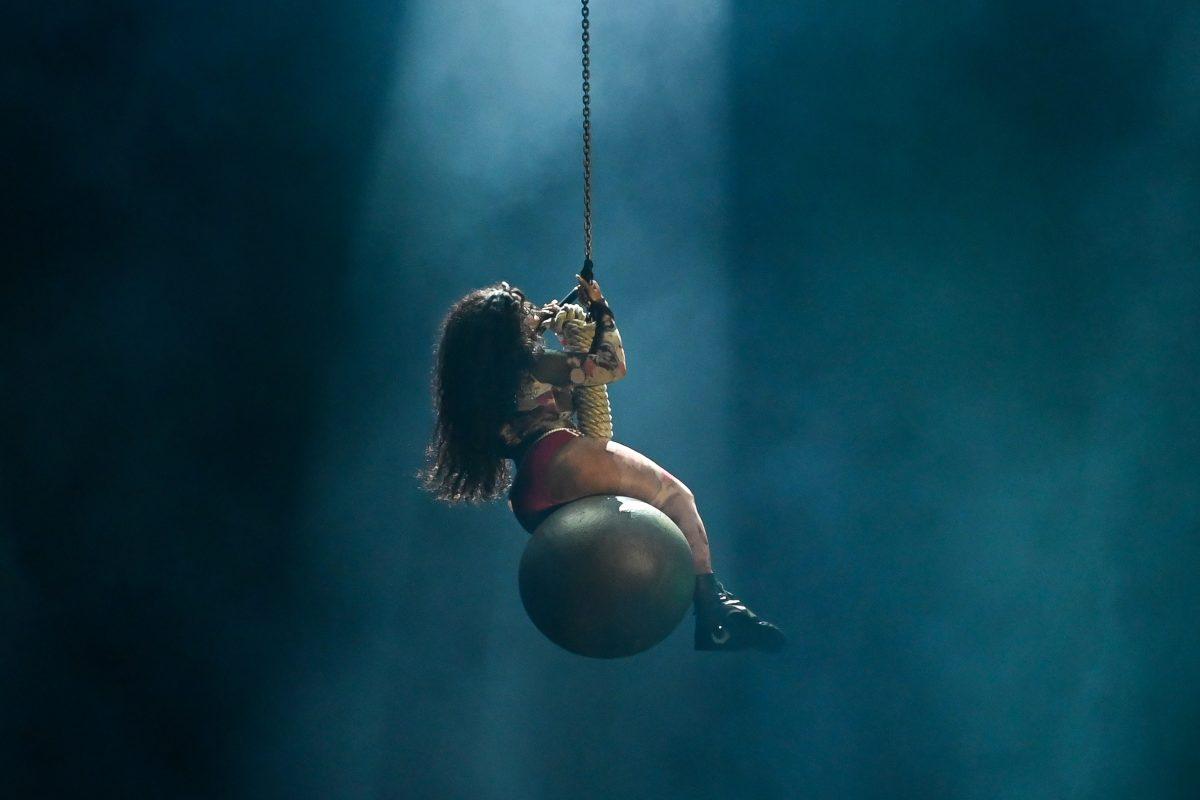How does one tell a story? Whether it be through an article, a social media post or an art exhibit, telling a story can impact hundreds of people by sharing unfamiliar experiences and ideas. As a virtual reality art exhibit showcasing stories from 24 people and six different countries, Polite Too Long does just that.
Created for International Women’s Day, the art exhibit was designed by Dani Dalton, a fourth-year studying women and gender studies, and Meli Chaves, a Costa Rican feminist artist. They wanted to stress the importance of reflection around gender expectations and assumptions, with the audience being given a front-row seat to personal experiences.
“Not only are you able to get an intimate up-close experience with the stories, with the people, seeing them, hearing them,” Dalton said. “The audience has an opportunity to learn and to self-reflect throughout the process, and there’s also an educational space. So if people are interested in learning more about the topic or about feminist theory, they’re able to do so as well.”
Inspiration for Polite Too Long stemmed from a book Dalton read in a women and gender studies class called “Down Girl: The Logic of Misogyny” by Kate Manne.
“As we were reading the book, there was a quote within it, which largely boils down to saying that in society because of gender expectations, men expect to receive and women, historically and currently, are expected to give,” Dalton said. “I thought about the different scenarios and situations and experiences that I’ve had as an individual. In class, we had time to talk about some of the experiences that we have gone through, maybe it was being taught to smile more, being expected to be more ladylike, being told ‘this isn’t really your place.’”
After hearing more stories from her classmates, Dalton realized she wanted to do a project about this, to showcase how these experiences make up a common phenomenon otherwise not discussed. The project itself was created in two and a half weeks, with plenty of help from others and a strong sense of urgency.
“I had the idea, and my roommate is an artist, so we were able to talk about the concepts,” Dalton said. “We had a lot of long conversations to develop the idea and what we wanted to include. The more that I was building on it, the larger the project became because it required more people and to reach a wider audience than I had originally anticipated.”
Dalton said the short timeframe helped give the project momentum, especially in looking for participants and searching for stories.
Dalton also consulted with her former women and gender studies professor, Katherine Guinness, someone with past experience in owning an art gallery in Colorado.
“I knew she was the perfect person to talk to about when someone walks through the exhibit, how do we want them to experience it?” Dalton said. “How does the exhibit’s intentional design shape how someone feels or what they take away from the exhibit? The exhibit’s design was very intentional and very planned, and Dr. Katherine Guinness helped with that.”
Polite Too Long is unique in that it is not in person, but rather in virtual reality.
Despite Dalton preferring in-person art exhibits, especially due to the depth of the stories shared in Polite Too Long, she also wanted the exhibit to be accessible to everyone, regardless of geographic location or the ongoing pandemic. In the future, Dalton said she will have both in-person and virtual reality versions of art exhibits, for a larger audience and further reach.
Overall, Dalton expressed the importance of storytelling’s impact.
“One of the biggest things is the power of sharing your story,” Dalton said. “In society, women are often expected to not speak up, and by sharing stories, we are so much stronger together, especially sharing stories that are taboo. By bringing them to the forefront and identifying them, we’re able to accomplish so much.”

